We tend to move toward what we are attracted to.
“I think I’ll have another piece of that pecan pie.”
We tend to move away from what we have an aversion to.
“Thank you, but I think I’ll pass on the beets tonight.”
Sometimes we have an aversion to what we need to do. So we find all kinds of creative ways to avoid doing what we know we need to do. And then the thing we didn’t do goes away and we live happily ever after. That strategy doesn’t usually work.
Avoidance has a kind of diabolical quality to it: The more we avoid something, the greater our anxiety or fear of it. Our aversion grows. Our anxiety grows. Time passes. Not doing what we needed to do has consequences. Those consequences are unpleasant. The “thing we didn’t do” haunts us. It stalks us. Eventually the whole story becomes a movie. A scary movie. Maybe even with zombies in it.
There are three ways to avoid being haunted by “the thing you didn’t do.”
The first way is to just do “the thing” when it needs to be done.
That’s it. No problem. Now just move on to the next thing. Most of us are fairly good at this when “the thing” is something we like to do – like going to a movie, depositing your paycheck, picking up dinner at the Chinese restaurant, or shopping for new clothes.
Personally, I like mowing the lawn. I find it very meditative. I prefer it to shopping for clothes, which I find frustrating and unpleasant. If my wife offers to go with me while I shop for some new shirts, I’ll most likely say that I need to stay home and mow the lawn. Which is awkward when it’s January and I live in Vermont. But since I have an aversion to shopping malls, I have to come up with some excuse.
Anyway, if you already do the things that need to be done, when they need to be done, then you’re in good shape and you can stop at the end of this sentence and go shopping, or mow the lawn, or whatever it is that you really need to do.
The second way of avoiding avoidance is what you can do when you don’t always use the first method. In other words, you’re already in the pre-haunting stages of procrastination. You’re already avoiding “the thing you need to do” but you want to save yourself while there’s still time. So what can you do?
You can turn around and run at the vicious dog that is chasing you.
This idea comes from a Buddhist Tibetan teacher named Chogyam Trungpa (pronounced Chogyam Trungpa). He tells the story of walking down the 
So if you’ve been avoiding doing something you have an aversion to – just turn, face it and run right towards it. Dive into it. Confront it. You may find that your anticipation of suffering is greater than the reality you have to deal with. Once you’ve confronted your demon, you’ve moved out of avoidance. You’re actually doing something to deal with the issue. You’re actually working on your life. Congratulations!
Now you may be thinking, “this sounds great, and scary, but I’d like to be able to do this. How do I do it?”
That’s a great question. And I’ll tell you how to get the answer to that question.
By doing it. That’s right. You answer the question, “how do I run at a vicious dog?” by running at a vicious dog.
Having said that, here are a few constructive tips:
- Pick a time – set up a specific appointment
- Show up at that time and take a breath
- Notice your feelings at that moment, and accept the fact that this is how you’re feeling at this very moment
That’s it – now just run.
Now if the first two strategies don’t appeal to you, here’s the third and final strategy I can offer you. We might call it the “take a tiny step towards tackling the thing you don’t want to do – a step so tiny that nobody even knows you took it, particularly your brain.” (Actually, that’s too long a name, so let’s call it Kaizen instead. Kaizen is a Japanese word for a method of change that involves incremental, but consistent steps of progress).
I love this strategy, because you can be a total undisciplined weakling and still do it. Let’s take an example. When my father died last year, I had boxes of his papers to sort through. I really had an aversion to this. I was very close to my father and his death was a very difficult experience for me. I still miss him. But I had to go through these boxes to see what was in there and what needed attention.
The first strategy didn’t work – I have already put this off too long. I could have probably used the second strategy: set aside an entire day (or weekend) and sort through every single paper. But at that time, I felt like I was more in the weakling category, so I chose Kaizen. I started with three pieces of paper. They were all old bills from ten years earlier. I put them in a box that I labeled “old bills.” Wonderful. I’m done for the day. Now I can go mow the lawn.
The next morning I set up a time and went through six papers. No problem. The next appointment I sorted ten papers. Each day I did a little bit more. And the more progress I made, the less my aversion to doing more. Then I had a moment of grace – I was going to go through 20 papers and when I finished, I just kept going. I sorted through a whole box. Amazing! I didn’t even need to do that much, but I kept going anyway. As it turns out, I had discovered physics – specifically the law of momentum, which is one of the essays I later wrote about in my book.
I want to say one more thing about the third strategy (Kaizen).
The more you do this successfully, the easier it is to do the first two strategies. That’s extraordinary! You can actually cultivate self-discipline.
I’ll share one more story. The other day I was in the bathroom and I noticed that the toilet paper roll was empty, so I replaced it with a full roll of toilet paper.
That’s it. That’s the story. It’s like the vicious dog story, but a bit more subtle. Not much drama.
If you avoid what you need to do, eventually it will come back to haunt you.
Good luck!
Gregg Krech has been studying and teaching Japanese Psychology for 28 years and is the author of several books, including, The Art of Taking Action: Lessons from Japanese Psychology. He will be teaching the online course, The Art of Taking Action – Finishing the Unfinished and Starting the Unstarted beginning May 26, 2016.
Tags: Getting Things Done Procrastination Purpose Taking Action



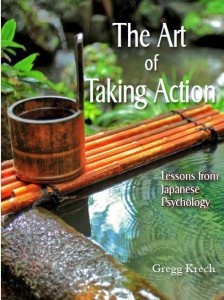

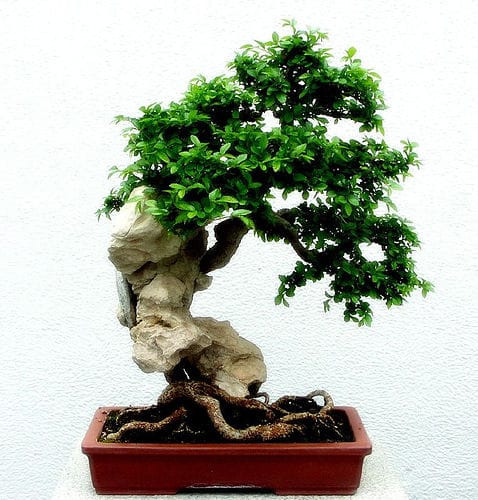



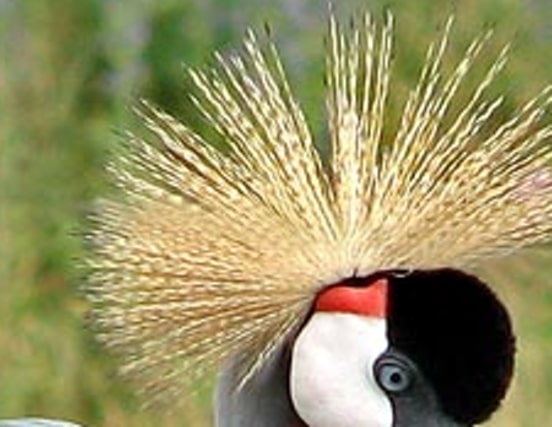

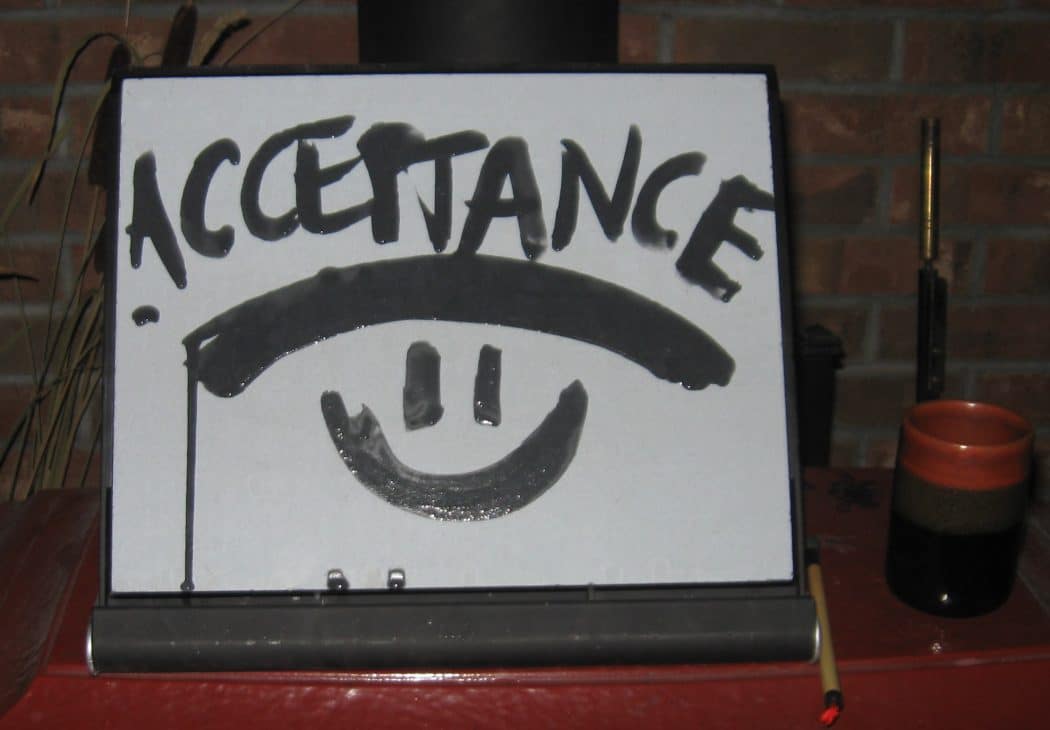
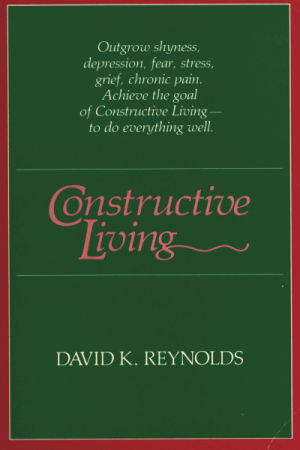
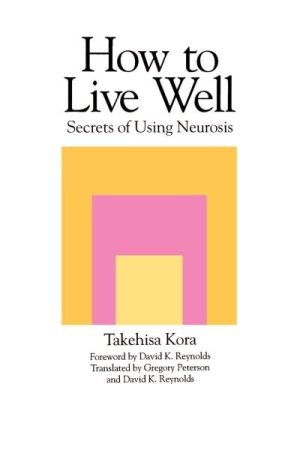
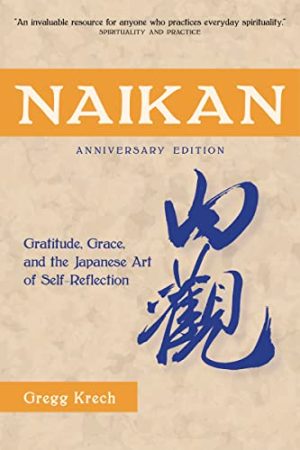

Comments are closed.
Just what I needed to read, I love the tiny increments leading to completion. Thank you for sharing your knowledge and wisdom with us.
Appreciate this post. I love it. I’ve took the Taking Action course last year but have fallen back to old habits. This is a great reminder to face those vicious and scary dogs (my aversions) and to understand that there is a way out of being stuck in material things. I like the Kaizen method, I desperately need it to continue clearing out my home library and mounting papers/ documents. Thank You for this Blog and for sharing your teachings. Blessings! tina 🙂
Hi Kathy,
The vicious dog story doesn’t suggest that the dog will always turn and run away. In many cases, like poison ivy, it won’t. But the poison ivy situation is a great story that points to how problems we don’t face can expand. The more we procrastinate, the more difficult it is to deal with the problem. Good luck with your yard and take care to keep your skin protected.
This is very helpful. It’s the time of year when poison ivy is cropping up around our yard, and I find myself feeling overwhelmed by those three little leaves. The Kaizen suggestion is a good one. I just need to start dealing with a few spots before we’re unable to use the yard. Maybe poison ivy is more like a vicious dog!! Thank you for the post and the encouragement.
Thanks for this article Gregg. I particularly liked the story of the snarling dogs – as you say, what a great metaphor.
Thank you, this is timely for me. Keep up the great posts.
Greg,
I get enjoyment from reading your weekly quotes. Sometimes it feels like your talking to me only. Thank you for your writings that give me lots of enjoyment.
I laughed about your mowing the lawn. I like to putter in my garden, for the same reason! But much like mowing in winter in Vermont, it’s hard to do little puttering/caretaking tasks in bone-dry California, where everything drought-resistant essentially takes care of itself. Even so, when I have a task I want to put off, I’ll tell myself that I need to go outside and offer my garden verbal encouragement.
Best,
Anne